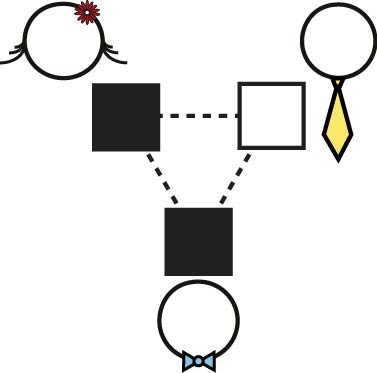2015/08/19
The most common and standard techniques used to detect entanglement in a system rely either on having knowledge of the quantum state, obtained through quantum state tomography, or on the use of measurements that constitute an entanglement witness. The fact that they need to be well characterized is a considerable drawback of these techniques.
A way to avoid this is by using device-independent techniques, e. g. where the violation of Bell inequalities are used to determine the presence of entanglement. Once again, in order to use this approach, a series of very demanding characteristics need to be fulfilled.
In the paper “Detection of entanglement in asymmetric quantum networks and multipartite quantum steering”, recently published in Nature Communications, researchers in the Quantum Information Theory at ICFO, Dr. Daniel Cavalcanti and Dr. Paul Skrzypczyk (recently affiliated to the University of Bristol), in a collaborative work with researchers from Universidade Federal do Rio de Janeiro, have presented an efficient method to obtain semi-device-independent entanglement witnesses in the form of multipartite steering inequalities.
Quantum steering is a less experimentally demanding approach than device independent techniques and requires less assumptions that the standard cases as well as lower strength for quantum correlations to be witnessed or certified. Using this approach, the researchers have showed how the different types of entanglement constrain the corresponding observed experimental data. Subsequently they have implemented this method in a proof-of-principle optical experiment and have demonstrated the violation of tripartite steering inequalities in both scenarios where either one or two parties perform untrusted measurements.
Their results provide a feasible test for multipartite entanglement in quantum networks and bridge the two well known cases of multipartite entanglement and multipartite Bell nonlocality. The results obtained in this study may well be considered a promising starting point in the definition of semi-device-independent cryptographic applications for future quantum networks.
Link to the paper
Link to the research group led by Antonio Acín

Multipartite Quantum Steering
A new method to certify all kinds of multipartite entanglement in a quantum network where some of the measurement devices are untrusted.

Multipartite Quantum Steering











